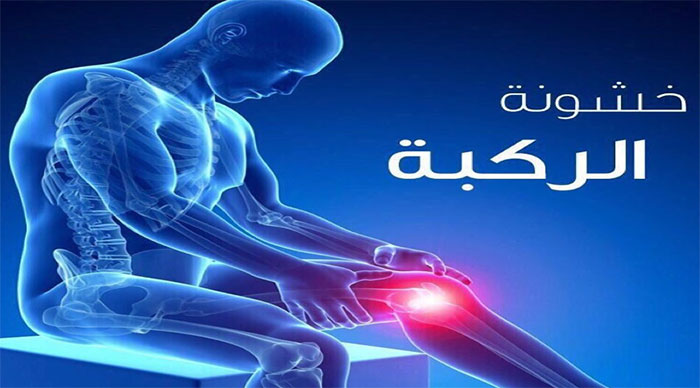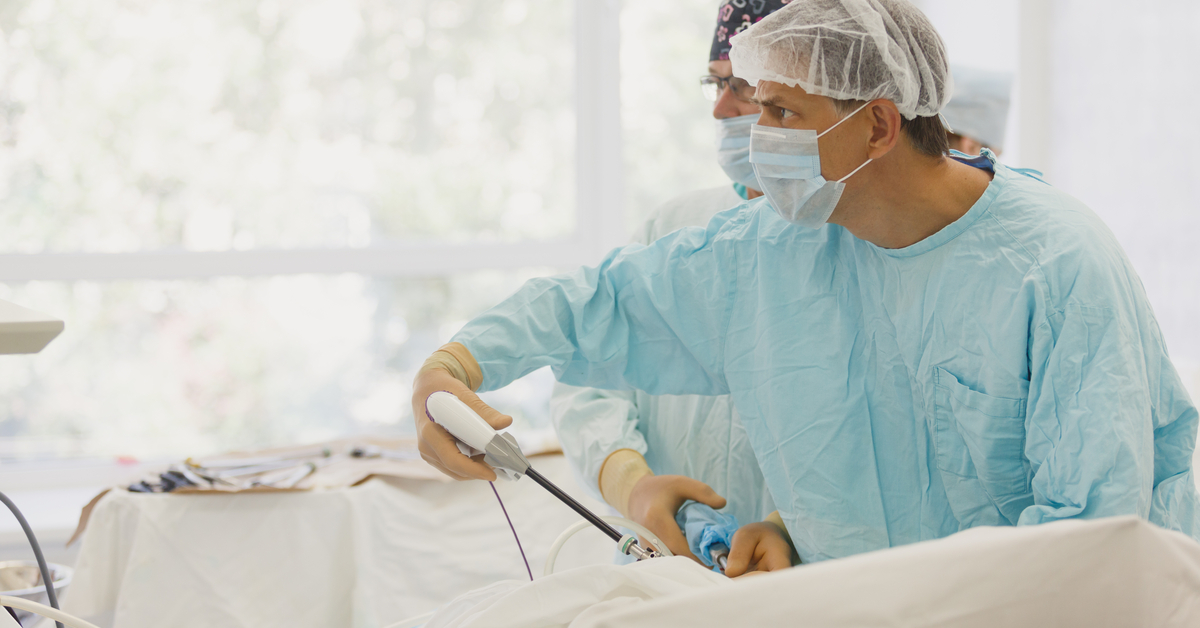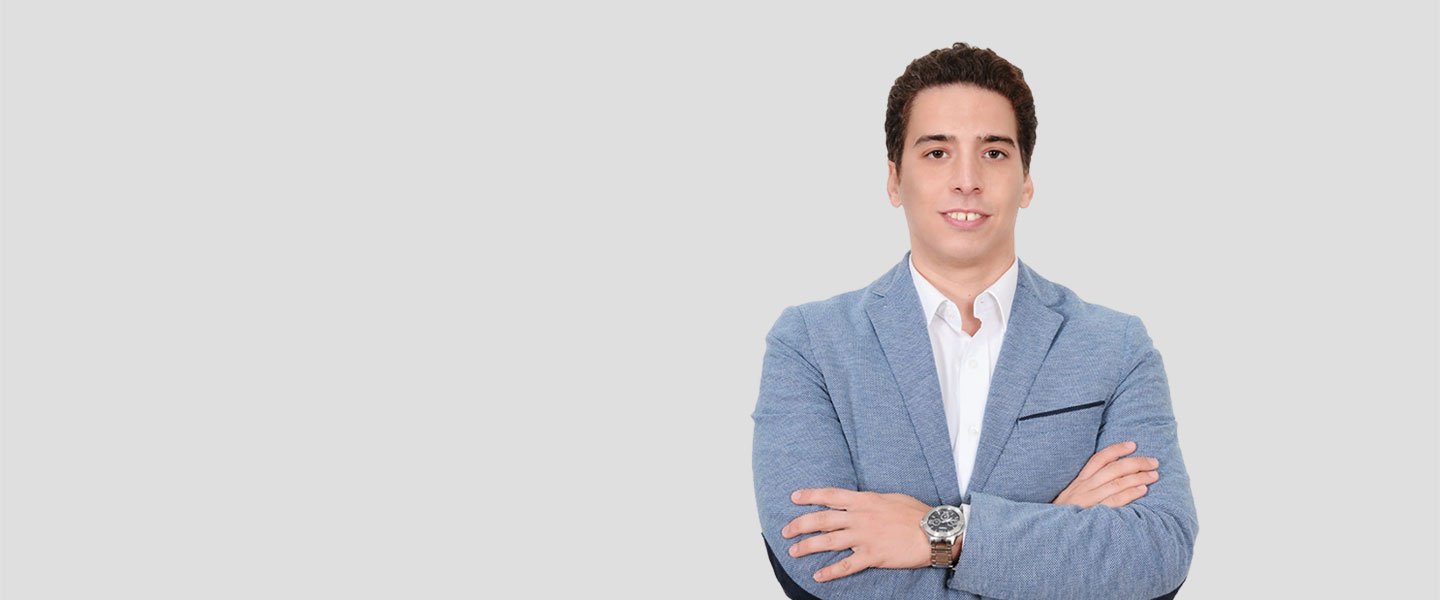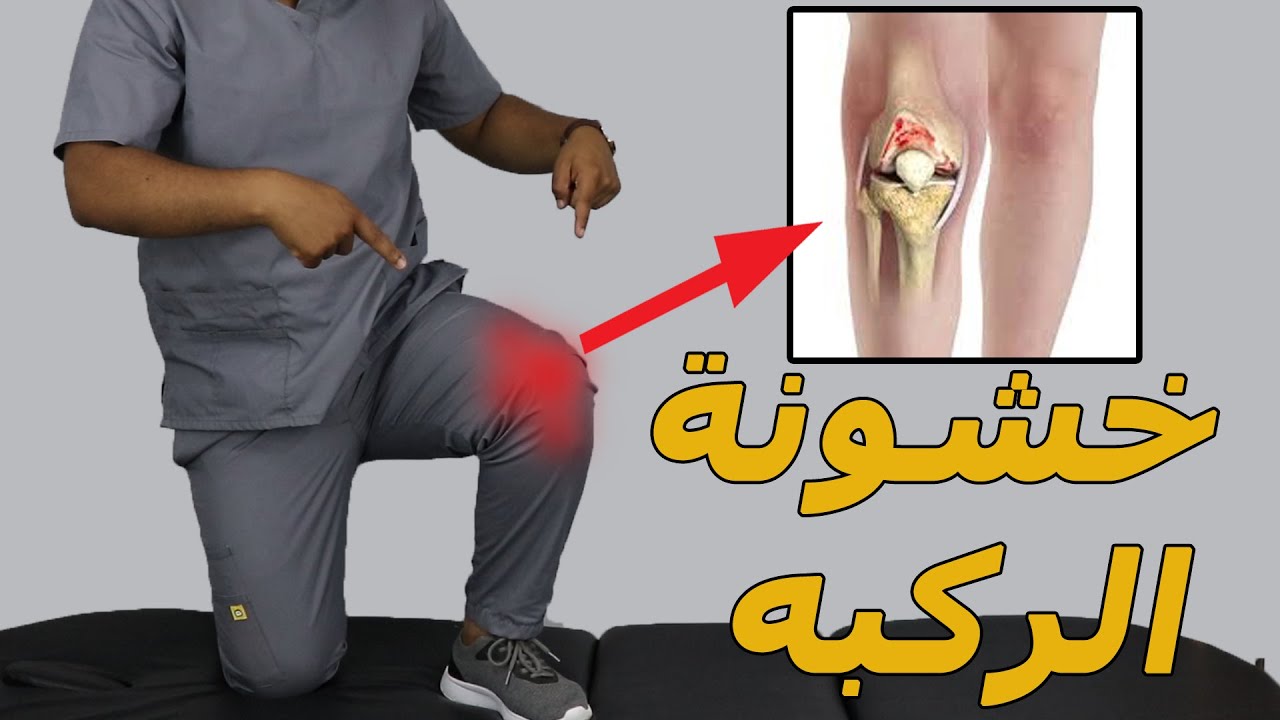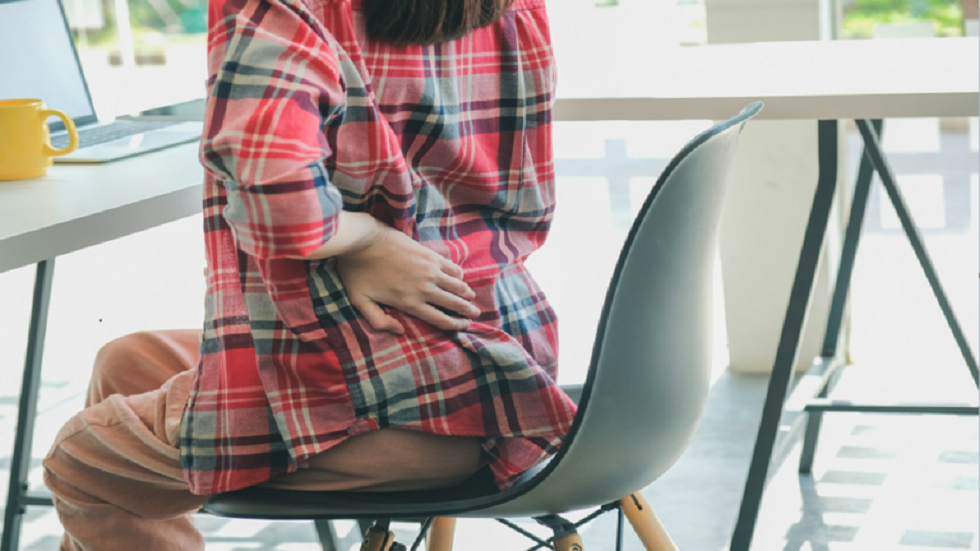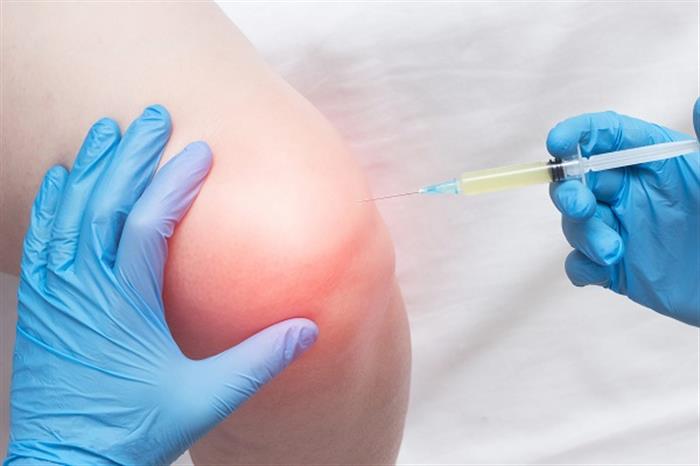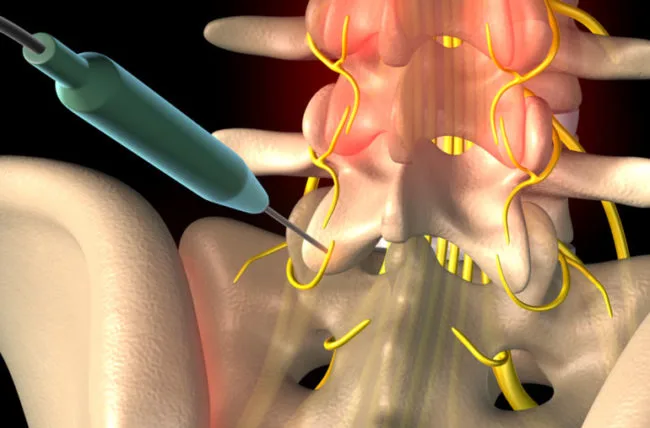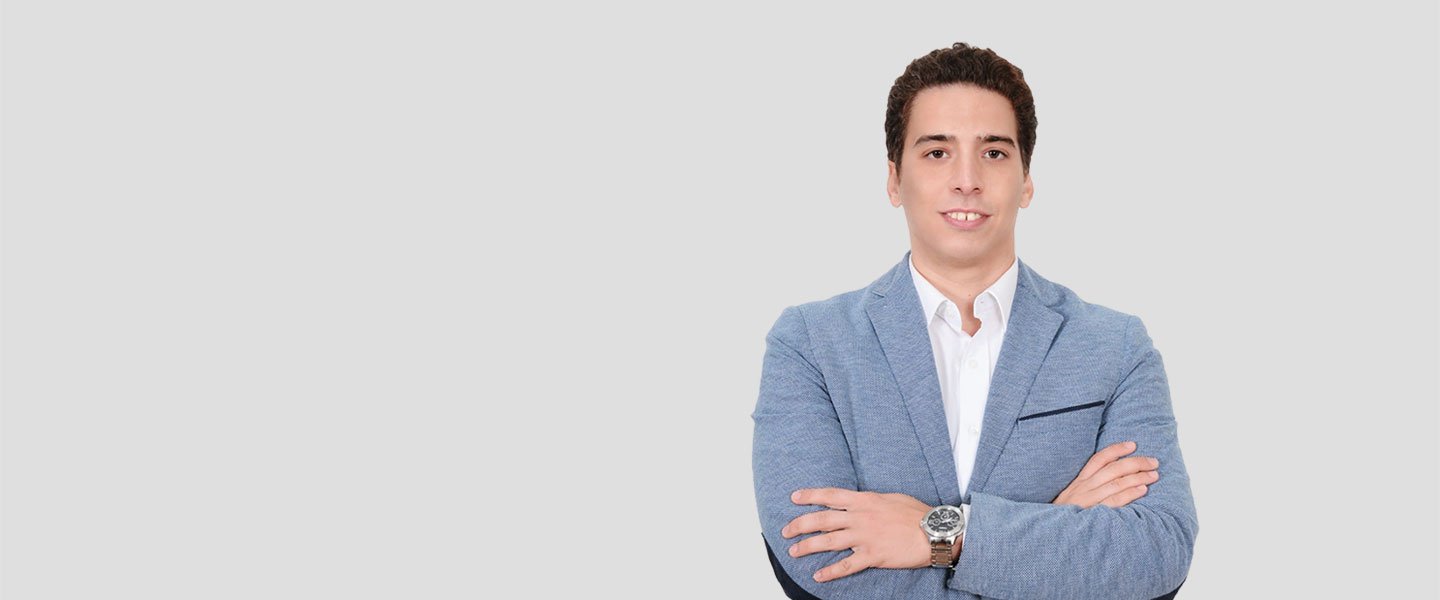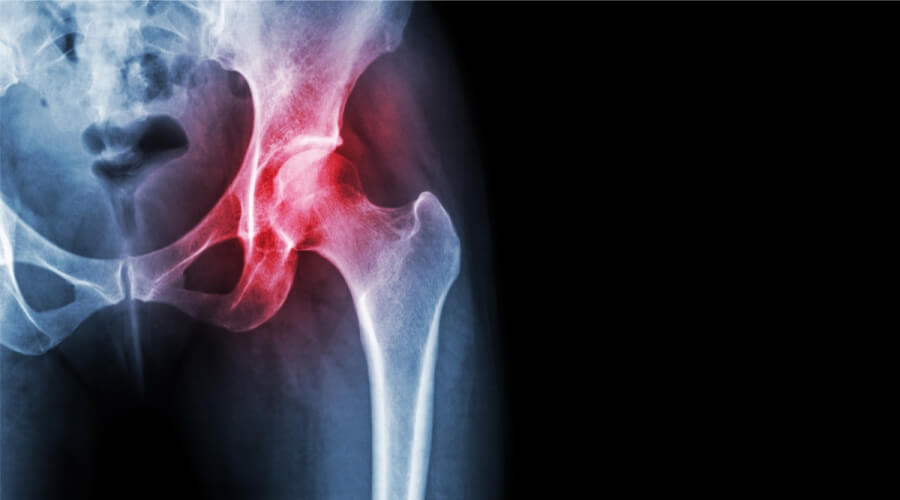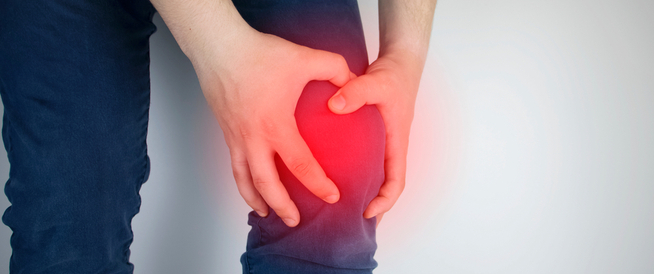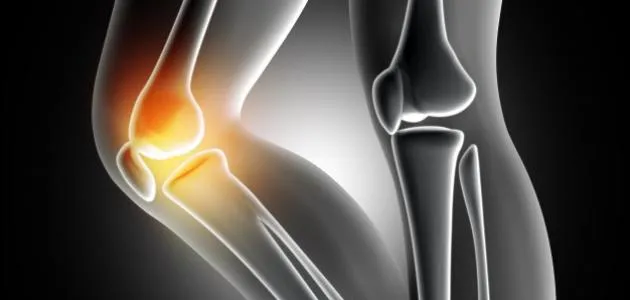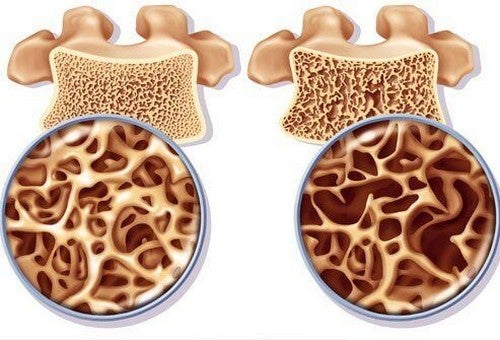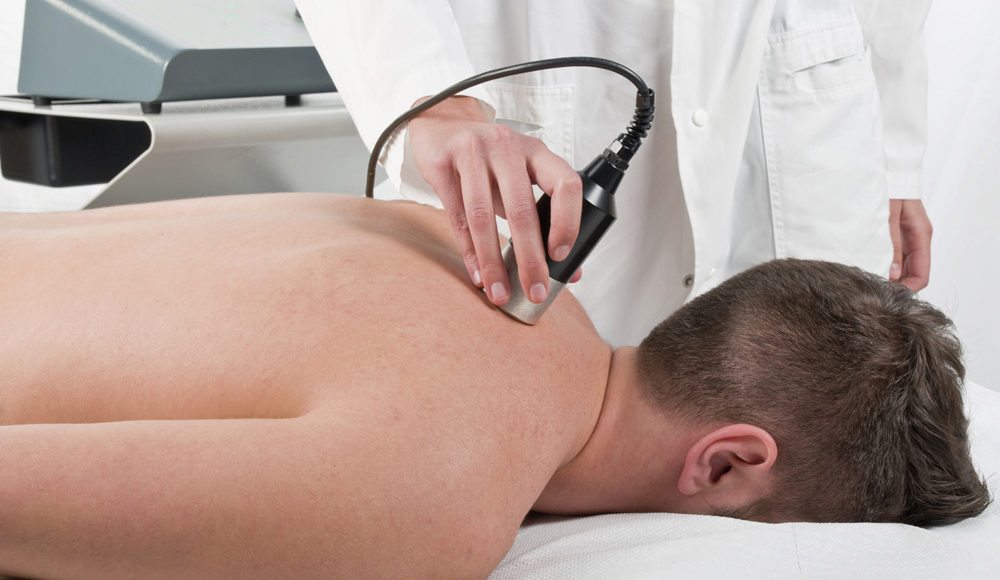What is the success rate of spinal curvature surgery and types of spinal curvature?
What is the success rate of spinal curvature surgery? This is a question that may be asked many times when exposed to this major health problem. Therefore, in this article we will explain and detail this operation and the reason that might prompt an individual to do it, in addition to some important and distinctive information that will be of interest. We explained today, so follow us so that we can benefit you.
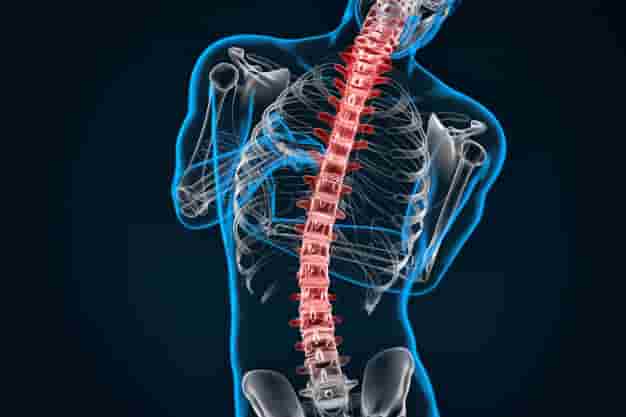
What is the success rate of spinal curvature surgery?
The success rate of spinal curvature surgery depends on many factors, including the type and severity of the curvature, the patient’s condition, and the experience of the surgeon and medical team. It is also important to understand that it is not possible to determine a fixed success rate for this surgery in general, because it depends on many factors. Different and big variables.
Also, in simple and moderate cases, the success rate may be higher, while in more complex cases there may be a greater risk of complications or failure to achieve the desired success. It is also important that each case is evaluated individually and that expectations of success and risks are discussed with the specialist surgeon before Performing surgery.
Therefore, the patient must speak in detail with the surgeon about his personal condition and possible expectations based on the surgeon’s assessment and precise directions for treatment. There are always potential risks with any surgery, and the patient must understand these risks and discuss them with the surgeon before performing the operation.
What is scoliosis surgery and what are its procedures?
Scoliosis surgery is considered a surgical procedure performed to correct abnormal curvatures in the spine. These curvatures often cause pain and reduce vital functions. The following are the basic steps of the scoliosis surgery:
- A careful medical evaluation is provided to the patient to determine the type and severity of the curvature and determine the need for surgery.
- Before surgery, the patient must abstain from eating food and liquids for a certain period of time before surgery as directed by the surgeon.
- The surgery is performed by an orthopedic surgeon who specializes in spine surgeries.
- The surgeon uses advanced surgical instruments and techniques to correct the curvature.
- Surgery can involve removing part of the crooked bone, correcting the position of the vertebrae with metal screws and plates, or a bone implant to promote healing and stabilization.
- After surgery, the patient is transferred to the waking room where the medical team monitors him.
- The patient must adhere to the surgeon’s instructions regarding recovery and wound care.
- After surgery, the patient will usually need physical therapy sessions to strengthen muscles and regain movement.
- Sometimes a splint or brace is required after surgery.
- The patient must commit to follow-up visits with the surgeon to monitor progress and ensure proper recovery.
Operations to treat scoliosis vary depending on the type and severity of the scoliosis and the patient’s individual condition. The patient must also discuss treatment options and risks of surgery with the surgeon and the exact directions based on his personal condition.
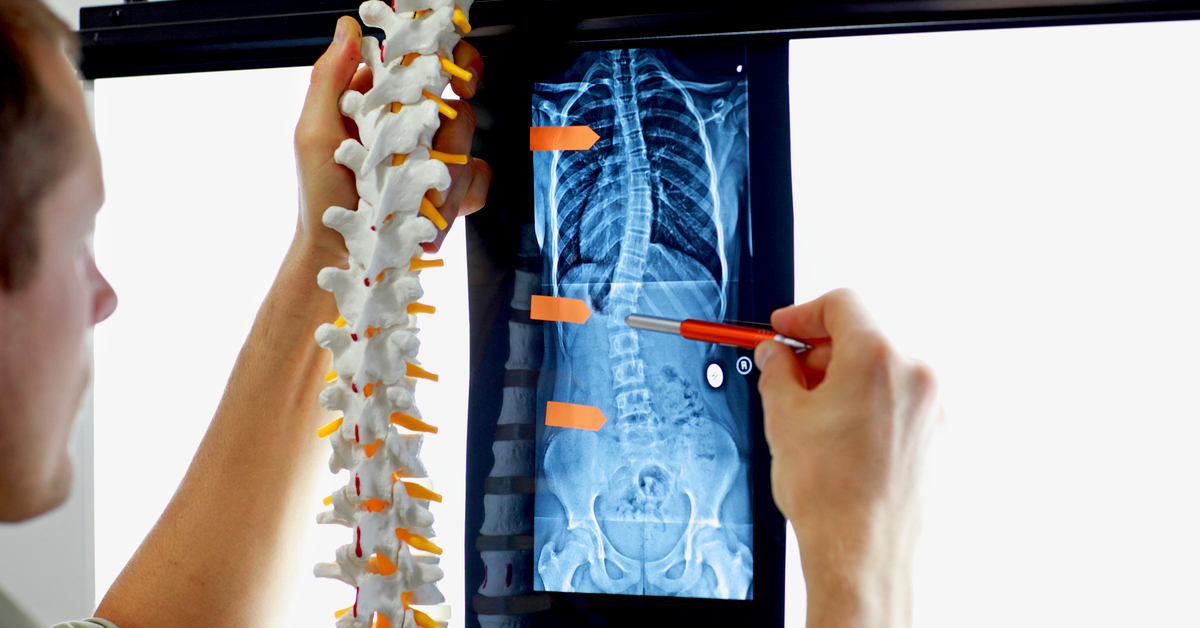
Is scoliosis surgery painful?
Yes, scoliosis surgery can be painful for the patient, as pain is one of the common symptoms after surgery and can continue for a period of time. The severity and time span of the pain depends on several factors and varies from one case to another and depends on factors such as the type of surgery, its complexity, and the patient’s health condition. the public.
After surgery, patients are usually directed to take anti-pain and anti-swelling medications to help relieve pain. Patients may also be directed to practice light breathing and movement exercises to improve ventilation and eliminate congestion in the chest. The patient must also adhere to the surgeon’s instructions after the operation and adhere to the schedule of treatments and visits. Scheduled for follow-up and over time, the pain gradually fades and disappears, and the patient can return to his daily activity normally after complete recovery.
Factors that contribute to determining the success rate of scoliosis operations
The success of scoliosis operations depends on several factors and variables. Among these important factors that contribute to determining the success rate, we find the following:
- The type and severity of the curvature play a decisive role in determining the success rate, and some types are more complex than others and require more complex surgical procedures.
- The experience and competence of the surgeon performing the operation is an important factor in ensuring success, as highly experienced surgeons can be more capable of dealing with difficult cases.
- The patient’s general health condition plays an important role. Patients who are in good health and do not suffer from chronic health problems usually have better chances of a successful recovery.
- The patient’s commitment to following the surgeon’s post-operative directions is an important factor, and the patient must carefully comply with medical treatments, physical therapy, and instructions to ensure a successful recovery.
- The use of modern surgical techniques and advanced technology can contribute to improving surgical results and increasing the chances of success.
- Post-operative treatment also plays an important role in its success, including physical therapy sessions and ongoing medical care.
- Careful assessment of the condition and good planning of the operation can contribute to achieving better results.
- Regular follow-up after surgery to ensure progress is evaluated and any possible complications are addressed.
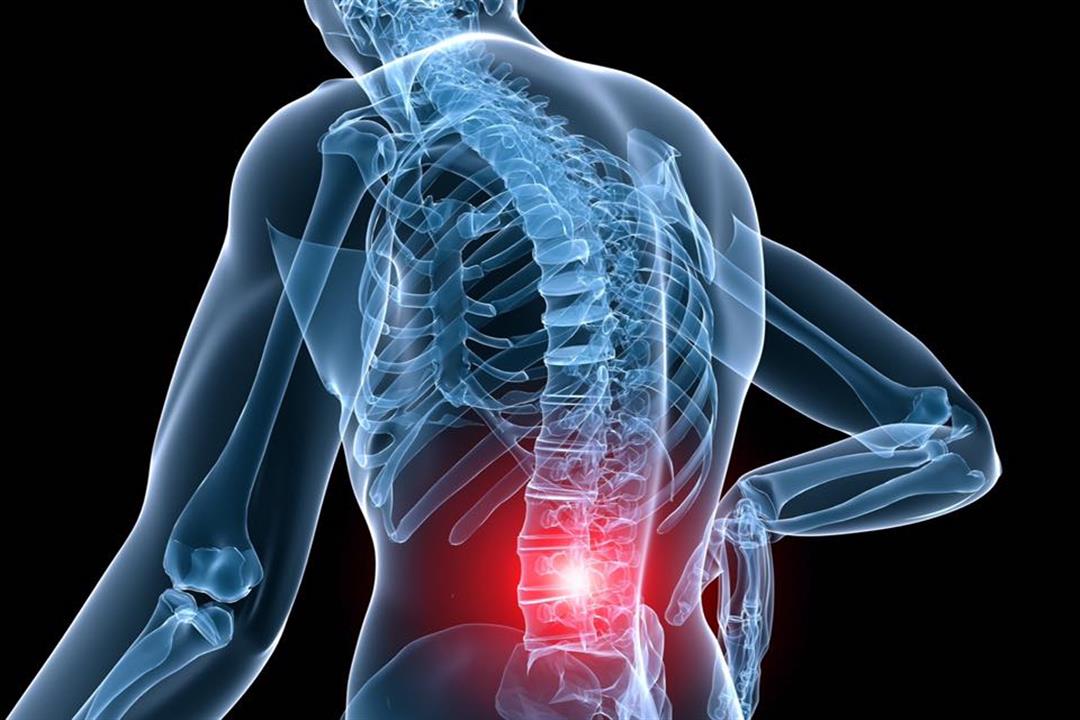
Post scoliosis surgery
After scoliosis surgery, the patient must follow the instructions of the surgeon and the treating medical team to ensure successful recovery and reduce possible complications. Here are some important things to consider after surgery:
- You will need a recovery period after the operation, as the duration of this period varies depending on the type and severity of the surgery. Just follow the surgeon’s directions regarding the extent of rest and limiting physical activity.
- There may be a wound or wounds at the surgical site. You may need to confront the surgeon and medical team on how to care for the wound and change bandages if necessary.
- Your surgeon may recommend medications to relieve pain and swelling and be sure to follow the dosages and schedule prescribed by your doctor.
- If you experience unusual pain or complications, contact your doctor immediately.
- Your recovery plan may include physical therapy sessions to strengthen muscles and restore movement. Just follow your physical therapy directions carefully.
- The simple exercises prescribed can also help promote healing.
- Maintain a healthy, balanced diet and be sure to get adequate fluids to promote wound healing.
- Avoid heavy lifting and activities that put pressure on the spine for a specified period of time as directed by your surgeon.
- Monitor for any unusual symptoms such as a high temperature, changes in color or swelling of the wound and if you notice any worrying symptoms, contact your doctor immediately.
- Follow the directions of the surgeon and medical team carefully and do not exceed or reduce doses or treatments without consulting them. For more information about operations to correct scoliosis, read the following article.
Types of spinal curvature
It is important for you, dear reader, to know that there are several different types of spinal curvature, and these types differ based on the direction of the curvature and the causes leading to it. The main types of spinal curvature include the following:
- Structural scoliosis: It is a type of unusual curvature that aims to cause a clear twist in the spine due to a large part of the rib cage being pushed forward. For more information about the scoliosis process, read the following article .
- Unknown scoliosis: Unknown scoliosis is one of the strange types of scoliosis that has no known origin or cause that could cause its presence in any way.
- Congenital spinal curvature: This type of curvature can be present from birth and is the result of a congenital defect in the embryonic development of the spine.
- Secondary spinal curvature: This type of curvature is caused by secondary factors such as injuries, arthritis, or other structural changes in the spine.
- Cervical spine curvature: This type is related to the curvature of the spine in the neck area and may be caused by injuries or diseases such as spinal stiffness.
- Dorsal curvature of the spine: This type relates to the curvature of the spine in the back area and can be caused by a variety of causes, including injuries and diseases.
- Thoracic scoliosis: It is a type of scoliosis that may occur due to abnormal twists or curvatures in the upper part of the spine.
- Lumbar scoliosis: This is a type of scoliosis that occurs due to curves that can occur in the lower part of the spine.
- Unstable scoliosis: It is a secondary form of scoliosis that can cause a type of paralysis in the muscles in the back or hip, which can lead to severe inflammation of the joints.
In any case, the diagnosis and treatment of spinal curvature requires evaluation by a physician or specialist orthopedic surgeon. The treatment options also depend on the type and severity of the curvature and the causes and individual circumstances of the patient.

Tips after scoliosis surgery
After scoliosis surgery, it is important to follow the directions of the surgeon and the treating medical team to ensure proper recovery and reduce possible complications. Therefore, here are some general tips after the operation:
- You need an adequate rest period after the operation, so follow the surgeon’s directions on how to sit and sleep correctly to avoid a position that harms the treated spine.
- There may be a wound or wounds in the surgical area. The wound must be carefully cleaned and monitored to ensure that there are no signs of infection or abnormal swelling.
- Your surgeon or doctor may prescribe medications to relieve pain and swelling. Be sure to follow the doses and schedule prescribed by your doctor.
- Avoid lifting heavy objects and engaging in activities that put pressure on the spine for a certain period of time as directed by your surgeon.
- You may need physical therapy sessions to strengthen the muscles surrounding the spine and restore movement.
- Carefully follow physical therapy directions and scheduled session times.
- Maintain a healthy, balanced diet to promote the healing process and drink adequate amounts of water to contribute to wound healing.
- If any unusual symptoms appear, such as high temperature, color changes, or swelling of the wound, contact your doctor immediately.
The price of scoliosis surgery in Egypt
As we have previously explained, scoliosis is one of the problems that have many different types, and this amount of variation may result in many problems, the most important of which is the variation in prices from one place to another and from one doctor to another in a large and unparalleled manner, and therefore Determining a unified price for this type of operation is a difficult task that is not easy to deal with.
Despite this, most doctors and specialists establish some kind of general evaluation of the price of scoliosis surgery , which usually ranges between 100,000 Egyptian pounds and 200,000 Egyptian pounds specifically, as the skill and reputation of the doctor performing the operation is considered important. The most important and prominent factors that explain this to us.

Is scoliosis surgery painful?
Yes, scoliosis surgery may be painful in general, as pain is one of the common symptoms of scoliosis and may be one of the reasons that push people to seek treatment. The severity of the pain depends on several factors, including the type of scoliosis, its severity, and its effect on the surrounding nerves and tissues.
Surgery to treat scoliosis may also cause pain after the operation in addition to the pain caused by the wound itself. Some patients may feel pain or swelling in the areas surrounding surgery, and this is normal after surgeries and with the passage of time, the pain should gradually ease over the recovery and rehabilitation period. Pain may also be one of the factors that affect the amount of time the patient needs to return to daily activity, exercise, and normal activities.
Therefore, it is important to review the surgeon or the treating medical team regularly after surgery to monitor the progress of healing and to ensure that the necessary care is provided to manage pain effectively and achieve the best possible results ever from this type of operation, so follow up with your specialist doctor and try to confirm all the details before starting. In treatment.
Complications of scoliosis surgery
Surgeries to treat scoliosis can be effective in correcting the problem and relieving pain, but there may be possible complications as a result of the surgical operations. The following are some of the possible complications that are estimated as follows:
- Problems with the healing process can occur after surgery.
- This problem may be the result of differences in cellular nutrition to the bone or the bones not aligning properly.
- Problems with spinal alignment can occur after surgery, which can cause pain and discomfort.
- An infection may occur at the wound site, and this can be serious if not treated properly.
- In some rare cases, surgery may not be effective in completely correcting the curve.
- It is possible that there will be a change in spinal movement after surgery, affecting daily functions.
- Some patients may experience chronic pain after the procedure, and this could be the result of scar formation or problems with tissue healing.
- In cases involving large scoliosis operations in the chest area, respiratory problems may occur.
- There is a relative risk of blood clots forming after surgery.

How long does the spine curvature surgery take?
Determining the time required for the treatment of scoliosis depends on many factors, including the type of curvature, its severity, and the procedures that must be taken for treatment. This time is estimated at one hour 1 in the operation and two hours 2 in the stage of stabilizing the vertebrae, and it is possible for the patient to return to his normal life. Two to three weeks after the procedure, and complete recovery requires approximately 3 months. Therefore, it is very important that the treatment plan includes periodic follow-up with the treating medical team to evaluate progress and adjust treatment if necessary. The patient must also understand that treatment may take time before improvement is fully apparent.
Most important of all is dealing with a professional doctor who is able to complete the operation perfectly and without any possible losses, which can be achieved by dealing with Dr. Amr Amal , who is considered a great value in this field and you can perform this operation with him in complete safety and reassurance and without any worry. Absolutely.
Can scoliosis be treated without surgery?
Yes, scoliosis can be treated without surgery in many cases, using conservative treatments, medical exercises, and lifestyle changes. Here are some methods that can be used to treat scoliosis without surgery:
- Physical therapy can help improve flexibility of the spine and strengthen the muscles surrounding it.
- Physical therapy includes guided exercises, massage sessions, and spinal extension techniques.
- In some cases, corrective devices such as braces and wedges may be used to correct scoliosis or to help reduce pain.
- Anti-inflammatory medications and pain-relieving medications can be helpful in managing the pain and inflammation associated with a curve.
- Posture can be improved and core muscles strengthened through daily physical exercise.
- You should refrain from activities that increase the curvature of the spine or increase pain.
- Heat and cold therapy can be used to relieve pain and inflammation.
- Maintaining a healthy weight and eating a balanced diet can help reduce pressure on the spine.
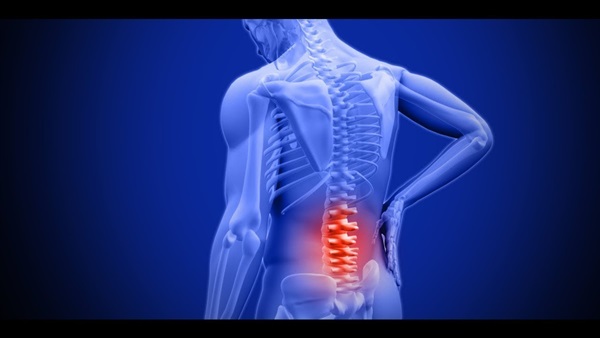
Is spinal curvature surgery dangerous?
If there is an abnormal curvature in the spine, this may indicate a larger health problem. Examples of these problems include scoliosis, lateral sclerosis, excessive dorsal curvature, and others. Therefore, as for the operation, it is considered one of the most dangerous and difficult surgical operations ever, and it also requires that the surgeon in charge She has a great deal of skill and unparalleled experience.
As back surgeries, their greatest danger lies in their location being very close to the spinal cord, which if any error occurs, even if it is a very small and normal amount, during the operation, it is a matter that threatens the patient’s life or his ability to move and act in the future and for life, and to learn more information About spinal cord transplants, read the following article.


